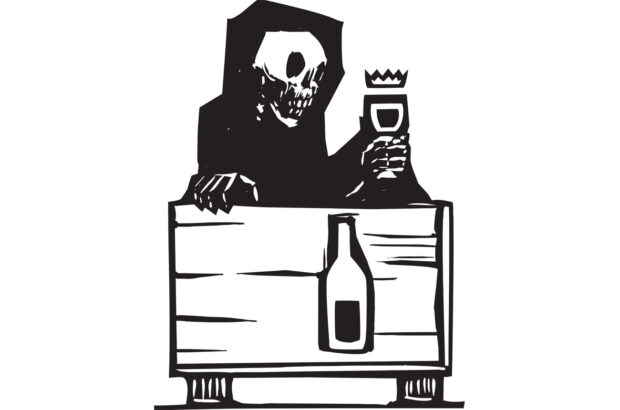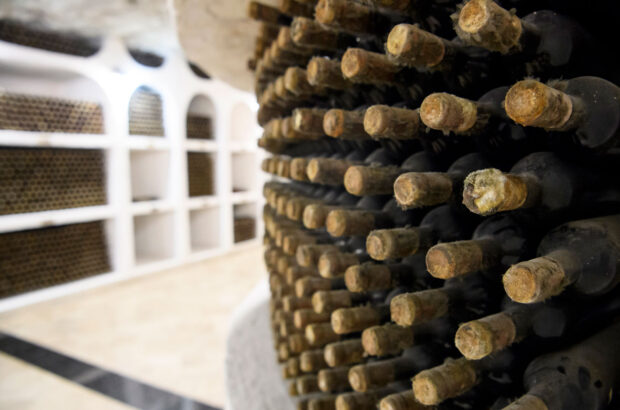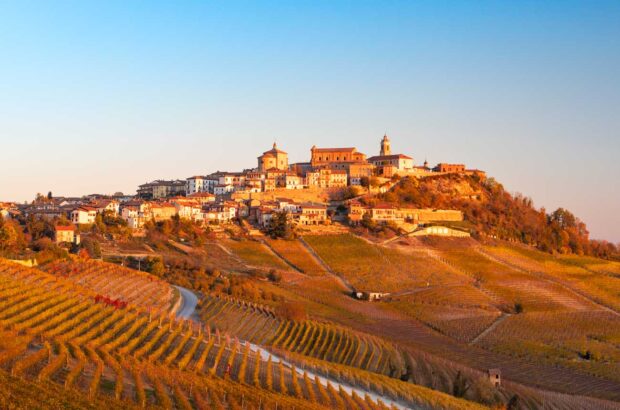What started as a worrisome record-breaking hot summer has cooled enough and given the Golden State an excellent crop.
North Coast:
Starting in Northern California, on Sonoma’s far western coast, is Hirsch Vineyards, a Pinot Noir-focused site perched atop California’s coastal mountain range in view of the Pacific Ocean. Winemaker Jasmine Hirsch said of the ongoing harvest: ‘We had a sweltering July, followed by a mild August. Sunny and warm, but not hot. The vineyards set a good crop this year, which has allowed the fruit to ripen slowly and evenly. This is a dream situation for winemakers and farmers alike.’
Similar high-quality sentiments were expressed from warmer areas of Northern California, where east of Sonoma in the Napa Valley, renowned Cabernet winemaker Cathy Corison said: ‘Weather was perfect for flowering, so there’s a bountiful crop that ripened very evenly. The result is balanced, delicious wines.’
This is a promising start for California’s most famed terroir.
Just south of Napa is the Carneros AVA, known for cool climate varietals like Chardonnay and Pinot Noir and sparkling wines of the same grown next to San Pablo Bay. Domaine Carneros CEO and winemaker Remi Cohen said of the vintage: ‘Moderate summer temperatures with occasional short periods of heat were perfect conditions to ripen a slightly above-average crop. Our grapes are grown on our six estate vineyards in the Carneros region, and their regional focus and proximity, coupled with the narrow window for preserving acidity in sparkling wines, made for a very condensed harvest.’

Punchdowns during harvest at Hirsch Vineyards. Credit: Erik Castro
Central Valley
Many of California’s famed wines come from its coastal and bayfront regions. But the majority of the state’s production (about 70%) comes from its immense Central Valley. The majority of fruit from the interior of the state is for bulk wine production, but the Lodi AVA has emerged as a producer of high-quality wine, especially Zinfandel.
Consultant winemaker Chad Joseph works with multiple labels in the Lodi area, including Oak Farm Vineyards in the Acampo region, focusing on full-bodied examples of Italian and French varietals. He said of the inland harvest: ‘Despite the above average summer temperatures this season, we are seeing a more typical harvest with respect to timing and quality. We are just starting to harvest red varieties, such as Zinfandel and Merlot, and are pleased with the fruit so far.’
Joseph mentioned the ‘typical’ harvest timing in direct contrast to 2023 when much of the state picked vineyards weeks later than normal due to unusually cold summer weather. In common with last year is the relative lack of fire smoke, something that had threatened and even destroyed much of the state’s grapes in previous warm years. 2024 included the warmest July on record in California, contributing to the surprise among growers of clear skies and high grape quality despite the heat.

Harvest time at Corison. Credit: Corison Winery
Central Coast
Moving south to the Central Coast, where renowned winemaker Adam Lee oversees Pinot Noir sites in the coastal Santa Lucia Highlands and Santa Barbara regions. Lee has seen some interesting variation this growing season, saying of his still developing cool climate grapes, ‘yields seem to be down a bit – maybe 10% or so. The reason for the lower yields seems to be fewer clusters. However, the weather during flowering and set was fantastic, and every berry seemed to set in the clusters.’ Lee went on to conclude, ‘This is leading to an interesting combination of things – overall weights are down, but the juice is especially, well – juicy.’







